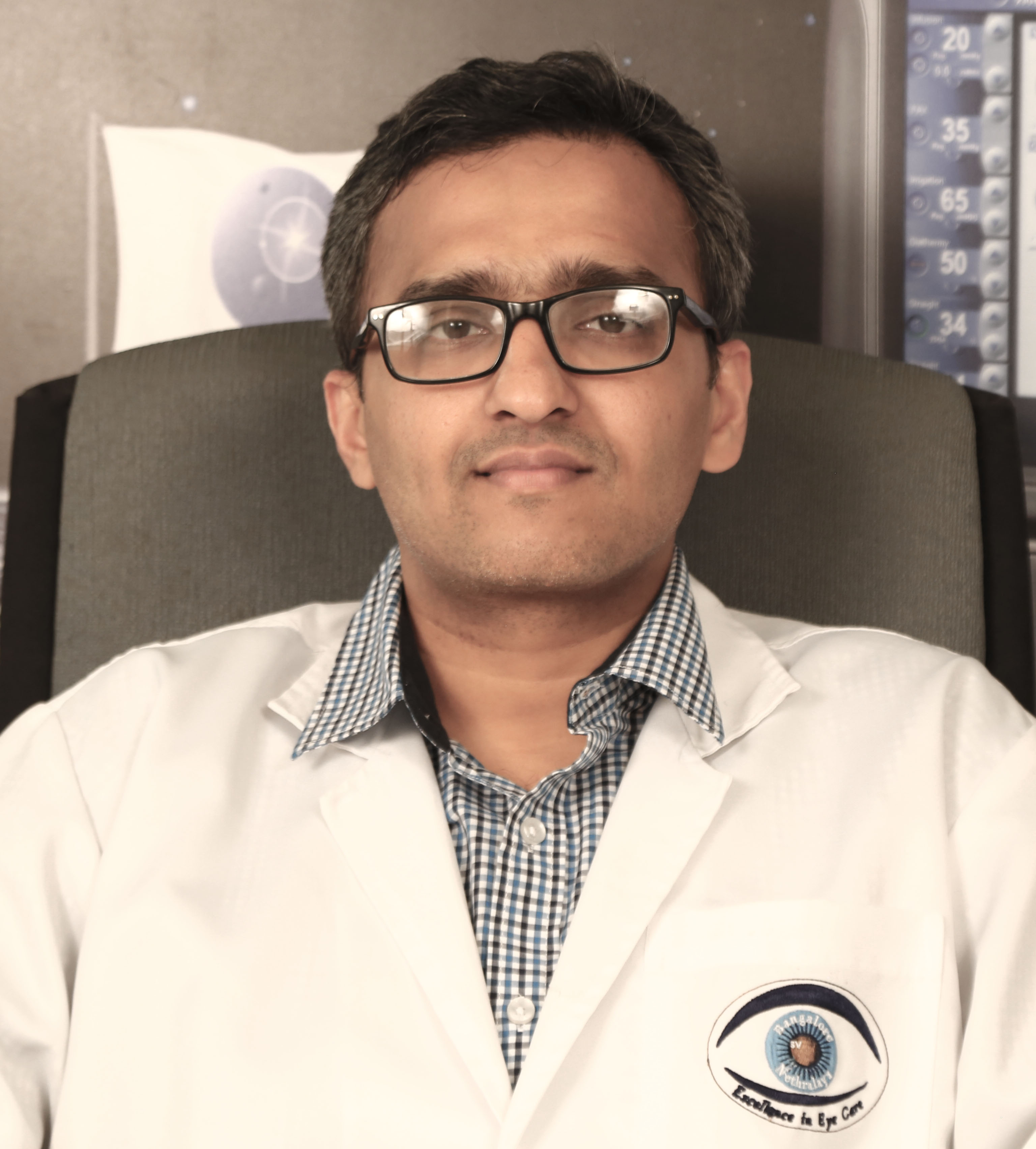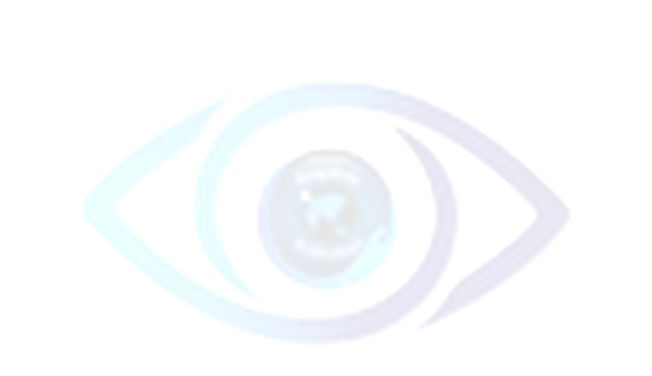
Pediatric Ophthalmology
Is your child taking time to read clearly? Consult us
What Is Pediatric Ophthalmology?
Pediatric ophthalmology is a subspecialty of ophthalmology dealing with children’s eye care & diseases.
Vision at birth is limited to around 6/450 (20/1500) that is equivalent to the ability to see shapes of people but not their features. As brain matures that same child will eventually be able to detect the finest details in an image, a process that takes around 10 years.
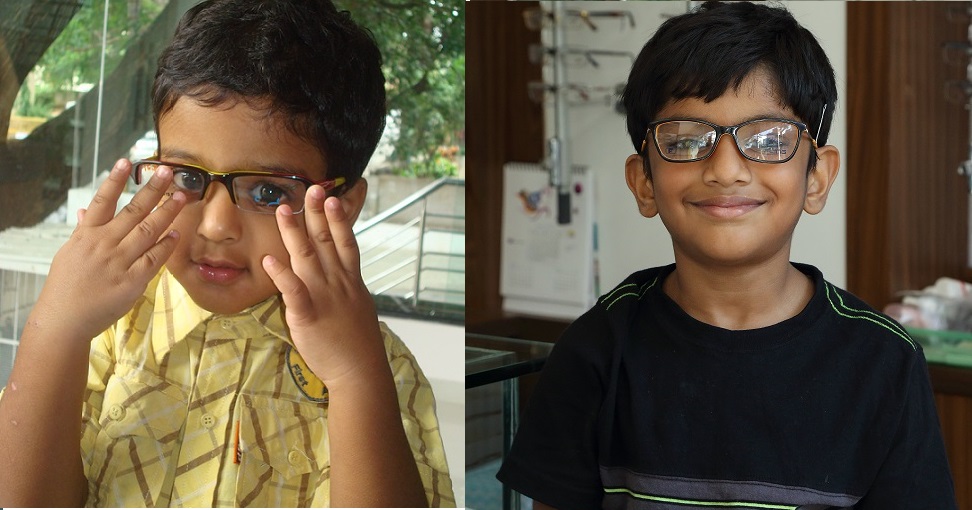
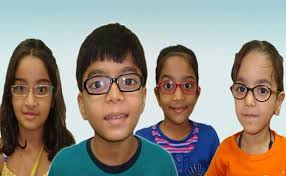
What are the types of Eye Related Problems Children face
Common ophthalmic problems encountered in children and treated by our specialists include.
1. Refractive errors
2. Amblyopia (Lazy eye).
3. Strabismus (squint).
4. Pediatric Cataract etc...
Why Banglore Nethralaya For Pediatric Ophthalmology ?
Banglore Nethralaya is one of the few institutions giving individual attention to the various ophthalmic needs of children from infancy through adolescence — a critical time when clear vision plays an important role in mental, physical, and social development.
The hospital is well equipped with most advanced equipment and operation theatre for surgery (Squint & Cataract) with experienced Pediatric ophthalmologists and optometrists.
Following the recommendations of the American Academy of Ophthalmology, Bangalore Nethralaya’s pediatric ophthalmologists advise that all children have a vision examination by their fourth birthday if vision appears to be developing normally.

What Is Refractive Errors ?
Refractive Errors means that the light is not focused properly on the eye due to changes in the shape of the eye.
Mainly there are three types of Refractive Errors namely,
1. Myopia (Near sightedness)
2. Hypermetropia (Far sightedness)
3. Astigmatism
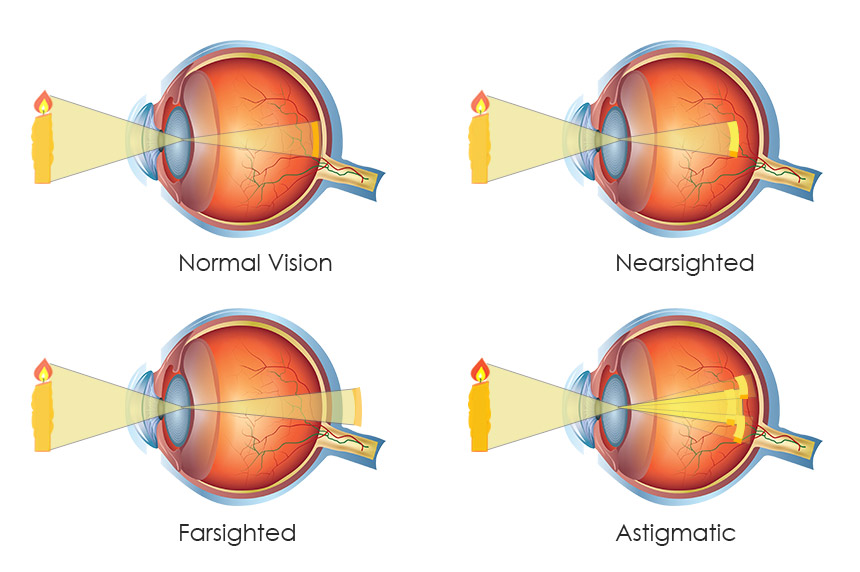
How To Detect Refractive Errors In Children?
Comprehensive eye examination is the best way to diagnose refractive errors in children as children usually do not complain about vision problem.
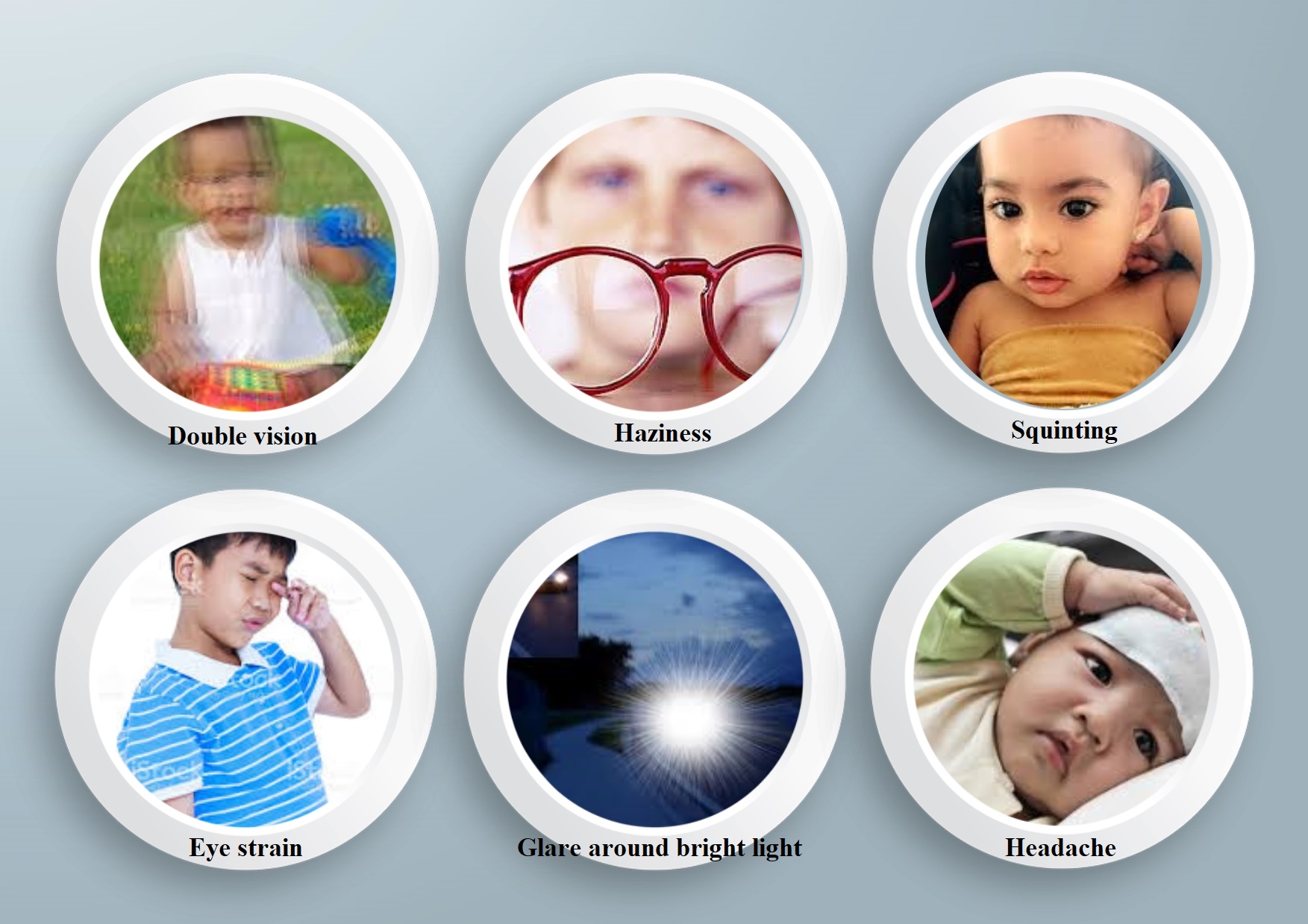
How Do We Treat Refractive Errors For Children In Banglore Nethralaya?
We mainly follow 5 steps while treating.
They are

Safest Way To Correct Refractive Errors In Children
In Children Eyeglasses are the simplest and safest way to correct refractive errors especially in younger children.
Other option is Contact lens
In patients with high refractive error, contact lenses provide clearer vision, a wider field of vision, and greater comfort. They are a safe and effective option if fitted and used properly.
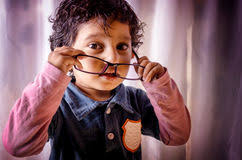
What Happens If We Do Not Correct Refractive Errors?
Because of poor vision patient will have eye strain, head ache leading to decreased performance in school. In case of high refractive errors and if the difference in the error between two eyes is more the poorer eye will become amblyopic (Lazy eye).
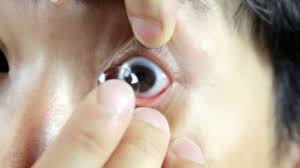
What Is Amblyopia?
Amblyopia is the medical term used when the vision of one eye is reduced because it fails to work properly with the brain. The eye itself looks normal, but for various reasons the brain favors the other eye. This condition is also called lazy eye.
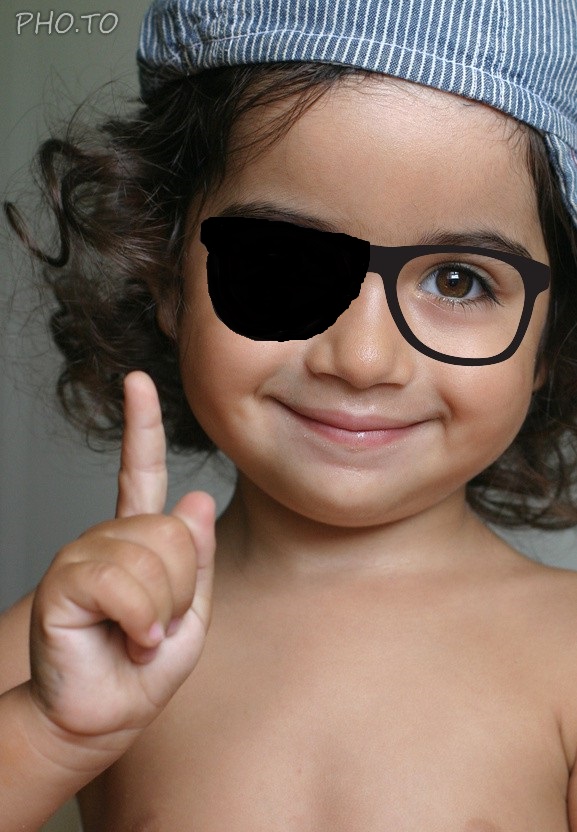
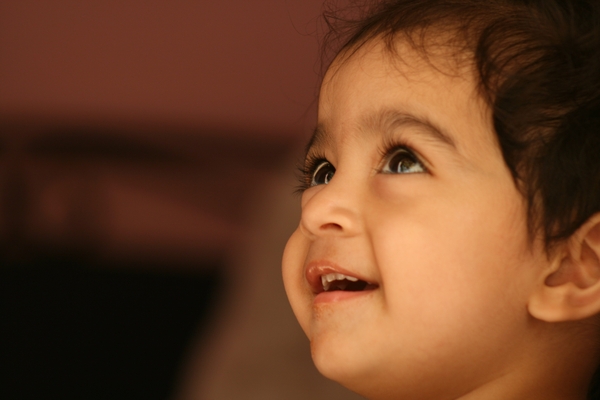
What Causes Amblyopia?
Amblyopia caused by various conditions that prevents the eye from focusing clearly
1. Refractive error
When one eye is more nearsighted, more farsighted, or has more astigmatism
2.Squint
Misalignment of the two eyes—a condition called strabismus
3.cataract
Clouding of the lens in the eye
How Is Amblyopia Treated In Children?
Treatment of amblyopia involves forcing the child to use the eye with weaker vision.
Options include:
1. PATCHING: An adhesive patch is worn over the stronger eye for various months as per advice. Patching stimulates vision in the weaker eye and helps parts of the brain involved in vision develop more completely
Can Amblyopia Be Treated In Adults?
Studies are very limited at this time. During the first seven to ten years of life, the visual system develops rapidly. Important connections between the eye and the brain are created during this period of growth and development. Hence it is important to identify and treat Amblyopia in childhood.
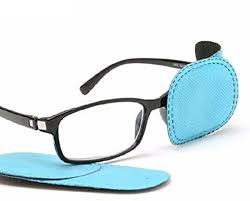
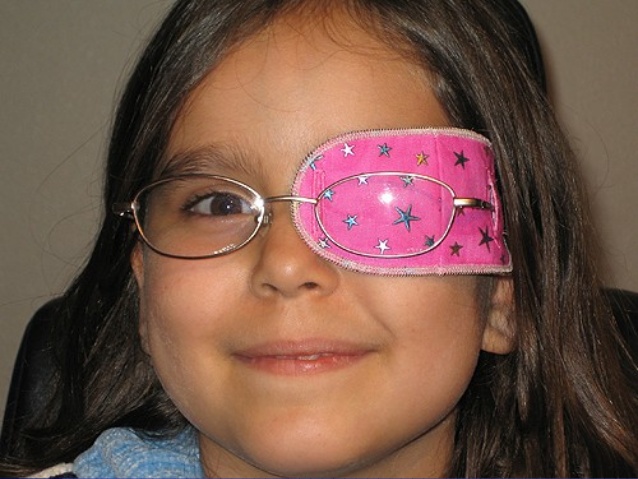
What Is Strabismus?
Strabismus refers to misaligned eyes, that is, when your eyes do not line up in the same direction when you focus on an object.
If the eyes turn inward (cross-eyed), it is called esotropia.
If the eyes turn outward (wall-eyed), it is called exotropia.
One eye can be higher than the other, which is called hypertropia (for the higher eye) or hypotropia (for the lower eye).
Strabismus can be subtle, (occurring occasionally), or constant. It can affect one eye only or shift between the eyes.

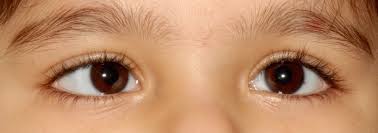
What Are The Causes Of Strabismus?
There are many medical conditions that are associated with strabismus. Strabismus usually begins in infancy or childhood, but many adults develop strabismus often due to trauma or brain tumors.
Most cases of strabismus do not have a well-understood cause. It seems to develop because the eye muscles are uncoordinated and do not move the eyes together.
What Are The Symptoms Of Strabismus?
When young children develop strabismus, they typically have mild symptoms of strabismus. They may hold their heads to one side if they can use their eyes together in that position. Or, they may close or cover one eye when it deviates. Often, the child’s brain learns to ignore or suppress the vision in the deviated eye.
Adults, on the other hand, have more symptoms when they develop strabismus. They have double vision (see a second image) and may lose depth perception.
What Are The Consequence Of Strabismus?
Amblyopia, or lazy eye, is closely related to strabismus. Children learn to suppress double vision so effectively that the deviating eye gradually loses vision. It may be necessary to patch the good eye and wear glasses before treating the strabismus. Amblyopia does not occur when the child alternates use of the deviated eyes. Adults do not develop amblyopia.
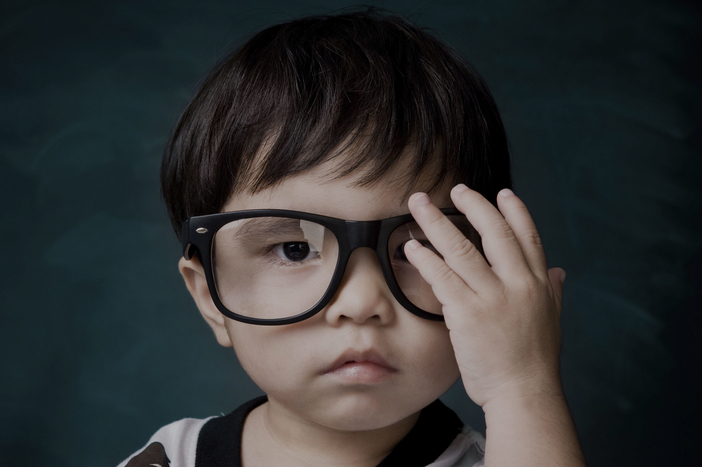




How Is Strabismus Treated?
For a condition called accommodative esotropia (discussed above) glasses alone will correct the strabismus.
For other causes of STRABISMUS, surgery is the option.
Strabismus surgery involves adjusting the tension on the eye muscles. The goal of surgery is to straighten the eyes and allow them to move normally so that they will use the eyes together. Surgery is very successful at improving the condition, though a few patients (15-20%) will require additional surgery.
Prisms and Botox® injections of the eye muscles are alternatives to surgery in some cases.
What Is Cataract?
A cataract is any cloudiness or opacity of the natural lens of the eye, which is normally crystal clear. There are many types of cataracts. Some cataracts are small and do not interfere with vision. Other cataracts are large and cause severe vision loss . They can affect one or both eyes.
What Are The Causes Of Cataract In Children?
Pediatric cataracts often occur because of abnormal lens development during pregnancy. Cataracts can result from genetic problems, infections, or they can occur spontaneously. Lens malformations that occur in conjunction with medical problems are often the result of a genetic or metabolic problem. These cataracts may be present at birth or may develop during childhood. Most pediatric cataracts are isolated findings and are not associated with other abnormalities.
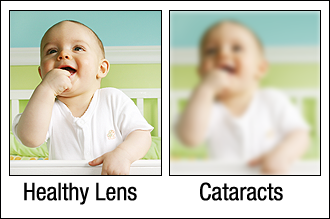
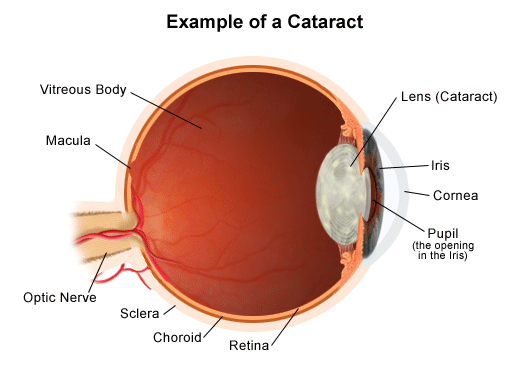
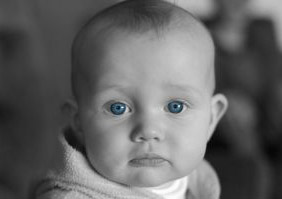




What Are The Treatment Options For Pediatric Cataract?
Some cataracts are small and/or off center in the lens. These cataracts do not need to be removed because vision develops normally, even if the cataract is left in place.
Cataracts that interfere with vision should be removed as soon as, it is safely possible, especially if the cataract is present at birth. A delay in cataract removal can interfere with normal development of the vision centers in the brain
How Is Cataract Surgery In Children Diffrent From Adult?
Cataract surgery is performed under general anesthesia unlike in adults which is performed under topical anesthesia.
In children a tiny incision is made into the eye and an opening is made in the front part of the lens capsule. The very soft and cloudy inner part of the child's lens is suctioned out of the capsule. Younger children may require an additional opening in the posterior lens capsule with some vitreous gel removal (called a vitrectomy) which is not performed in adults.
An intraocular lens (IOL) is then sometimes placed within the empty lens capsule either during the same surgery or in a subsequent second surgery. Generally, an IOL is not placed in a patient less than 1 year of age.
Dissolvable stitches are used to close the wounds which is usually not used in adults.
What Are The Risks Of Cataract Surgery In Infants And Children
Cataract surgery performed by an experienced surgeon is generally very safe. However, no surgical procedure is without risks. The risks of pediatric cataract surgery include infection, inflammation, retinal detachment, development of glaucoma, displacement of the intraocular lens, development of capsular cloudiness and development of vitreous cloudiness.
Does The Child Need Follow Up After Cataract Surgery?
Yes. Child will need follow up due to frequent changes in refractive error(Glass Power),treatment of amblyopia, to diagnose and treat the glaucoma, retinal detachment, displacement of the intraocular lens, development of capsular cloudiness and development of vitreous cloudiness.
Follow up is for life long.









-
Usually a check up at preschool is recommended. But if your child has squint, abnormal eye reflexes, abnormal head posture, reading books/watching tv at close range, then you should visit your doctor as early as possible.
-
Consult your doctor as soon as possible. Your child may need glasses.
-
Yes they may develop congenital/ developmental cataract which requires immediate surgery.
-
Ocular allergies are very common in children and they are treated with drops and basic hygiene practise.
-
Amblyopia, also known as lazy eye, is a vision development disorder in which an eye fails to achieve normal visual acuity, even with prescription eyeglasses or contact lenses. Amblyopia begins during infancy and early childhood.
-
Gadgets if used excessively are harmful since they can cause eye pain, dry eyes and increase small refractive error.
